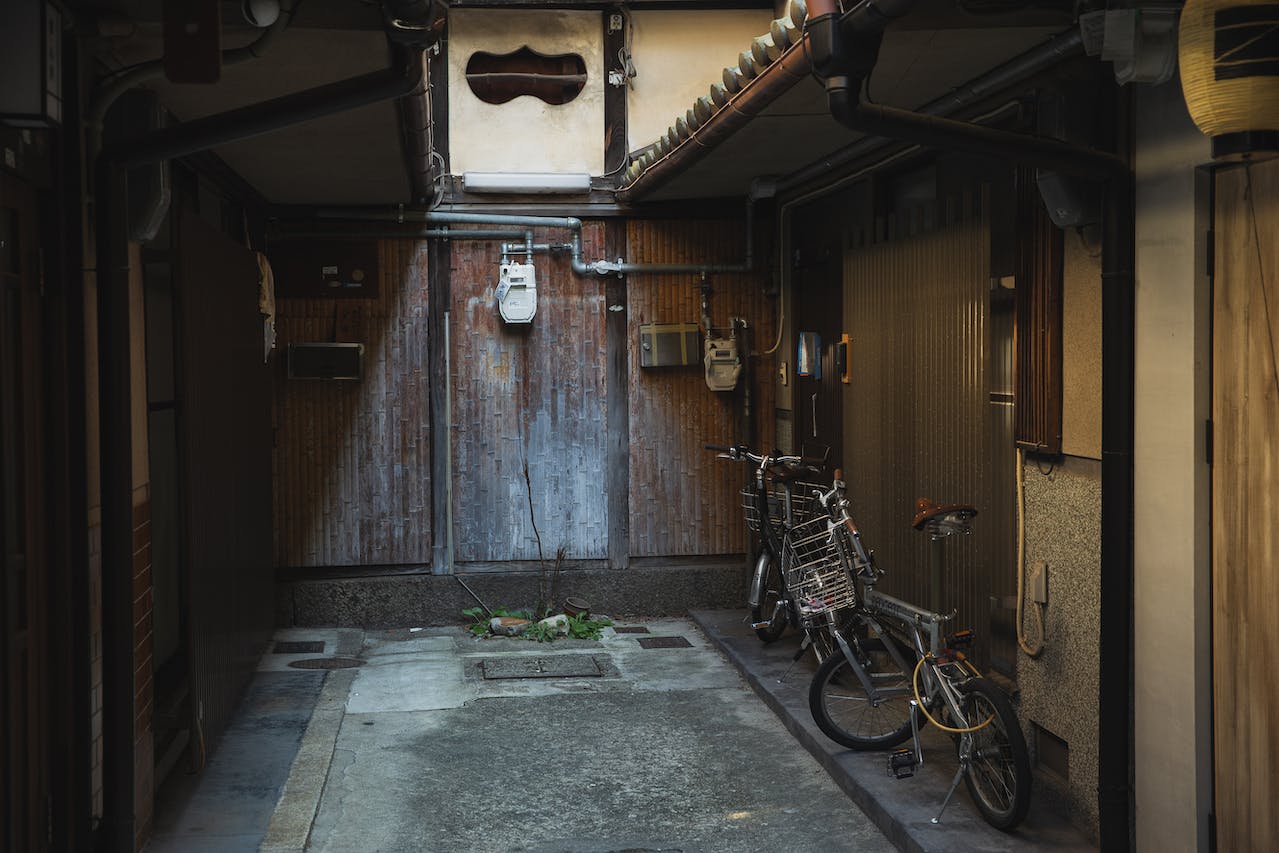Trying to stay warm in an old house is a tricky business. And this can happen due to two reasons – either your house insulation wore out and leaked the air outside through the walls, or your house is not insulated at all.
For the sake of this discussion, I am thinking that your insulation wore off, and you need to know how to insulate an old house without hurting it. So, if you are looking for cea mai buna izolatie termica exterioara, just follow the link to get the best house insulation service.
How to Insulate the Attic and Roof
Attic and the roof should be the first places for adding insulation because heated air becomes lighter and escapes through the roof. Start with the floor of the attic.
It is best if you insulate the floor using blow-in insulation but never forget to contact expert professionals for installing ceiling insulation either. A relevant study suggests that almost a quarter of the heated air gets lost if your roof is under-insulated.
Here’s how you can insulate the attic:
- Inspect the existing insulation in the attic for signs of moisture and molds to discard accordingly
- Seal common gaps around chimneys, ceiling fans, light fixtures, wiring, ductworks, exhaust fans, pipes, and etc.
- Ensure proper unblocked air ventilation by keeping a soffit vent for drawing air in, and a ridge vent for expelling the air out
- If you’re using a vapor barrier, keep the warm side of the barrier facing down
- Make sure not to place the vapor barriers between the new insulation layers. Remove the barriers from the new battings in needed
- Consider using a metal roof as they are more durable, lightweight, and energy-saving
How to Seal the Basements and Crawl Spaces
Another good way to improve the interior temperature of an old home is to seal the basement and crawl spaces. Here’s how you can do it.
- Seal the cracks around the basement windows, air vents, spaces around ductworks, pipes, and electrical wirings.
- Using material like mineral wood is best for insulating the crawl spaces
- Make sure to cover the windows using an insulating material like blinds no drilling.
- Install vapor barrier and waterproof sealing to the walls and the floors
- Make sure the entry points are properly sealed to keep away from rodents. However, for safety measures, you should never try to do the Crawl Space Clean Up yourself. Leave this task to the professionals who have the proper gear to protect themselves from animal attacks and bacteria.
How to Insulate the Walls in An Old House
Insulating your house walls is an option that depends on whether it’s leaking air or not. Most old house owners tend to drill the wall and accidentally blowing a hole in the cellulose insulation, which allows condensation to form inside the walls. It can create wood rot, creation of molds, foggy windows, and more. So, if it’s not that important, then leave it as it is.
If you must insulate the walls of an old house, focus on the exterior walls. Here’s how:
- Apply a vinyl layer/house wrap to the exterior walls
- Attach a 1-inch-thick foam board insulation
- Put sidings over the insulation
- Take out old windows and replace them with energy-saving units
- Caulk the window trim and put on weatherstripping to prevent air leak
In case you are willing to take it a step further, here’s what you can do –
- Remove all weatherstrippings before drilling holes
- Replace the single-pane windows with energy-saving ones
- Add water-resistant flashing
- Seal the drill holes properly and add blow-in insulation
- Make sure to follow these steps for exterior wall insulation
Problems with Old Houses and How to Insulate Them?
Most classic homes built before World War 2, or precisely before 1940, mostly had no insulation. Even if they did have insulation, it would be cheap and old discarded items like – newspapers, wood shaving, and etc.
As a result, most of the houses used to be uncomfortable for living, especially in cold weather. Back in the days, houses had natural ventilation as the walls could breathe naturally through the air leaks.
Cheap insulations like fiberglass, asbestos, and urea-formaldehyde come with a cost. Fiberglass becomes like a sponge given a few decades, the asbestos becomes brittle and becomes a health concert once you try to open it, and urea-formaldehyde insulation is a big health concern.
In Conclusion
That is an overview of what you need to know about how to insulate an old house without hurting it. If you are serious about insulating, start in the attic; no need to do the walls but redo the crawlspace if you’re interested.
Besides, there are lots of other ways in which you can insulate your home like – caulking trim and baseboards, weatherstrip the doors and windows, using thick drapes, and etc., are effective ways to maintain a moderate temperature inside the house.

